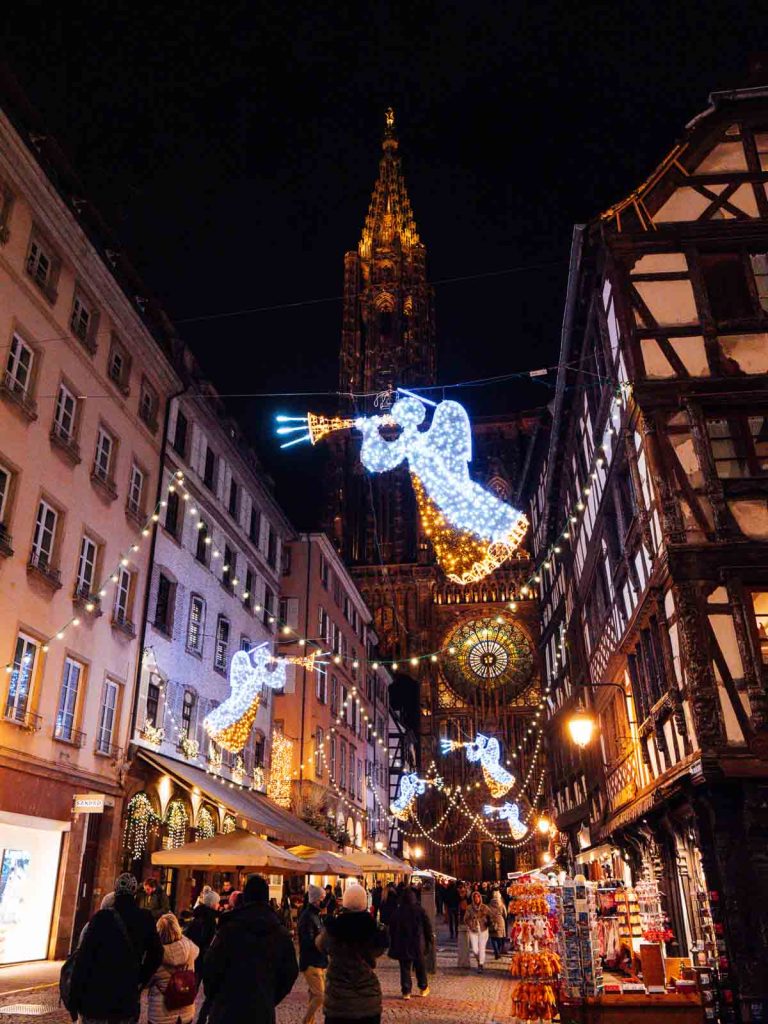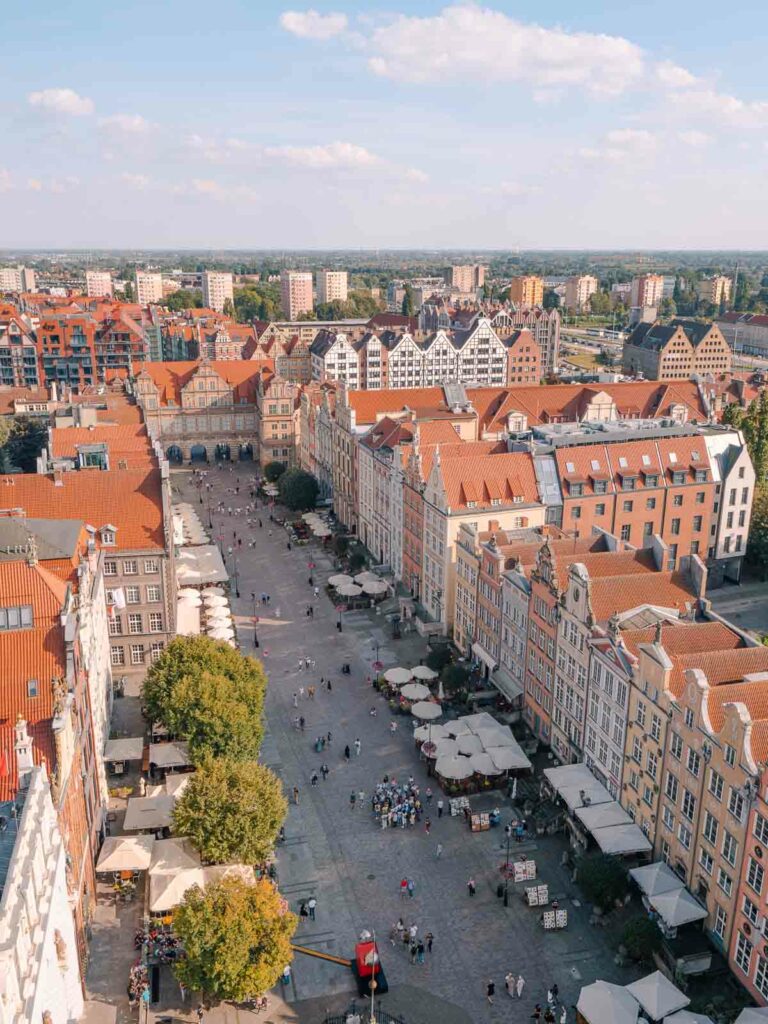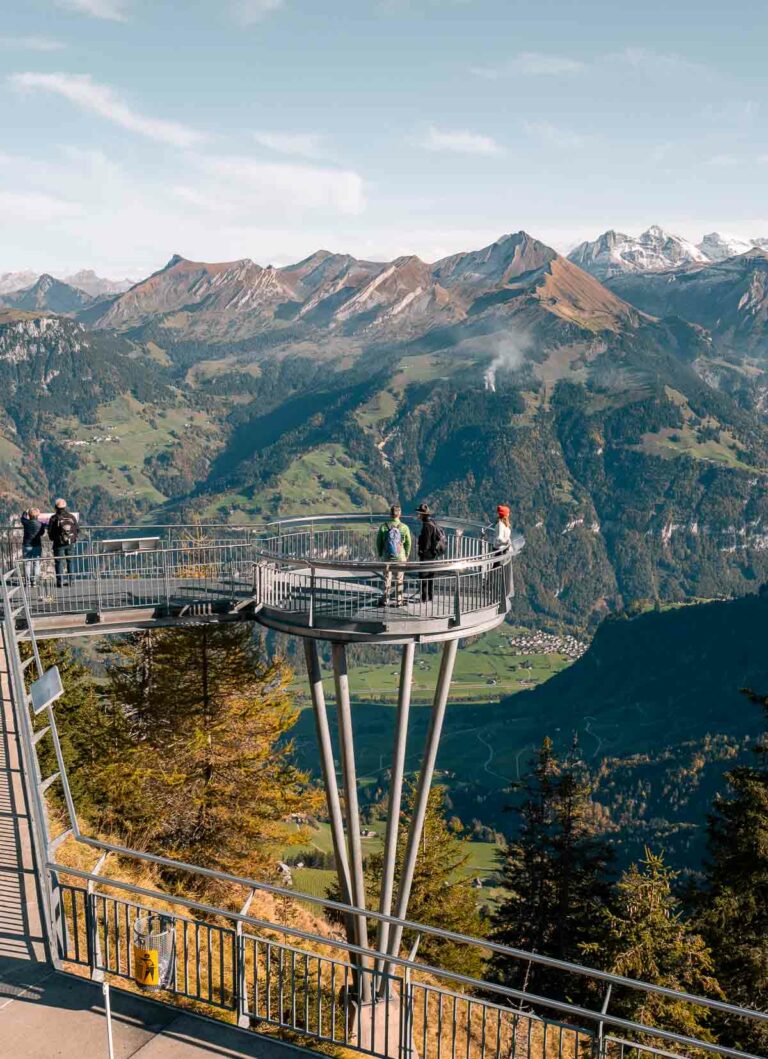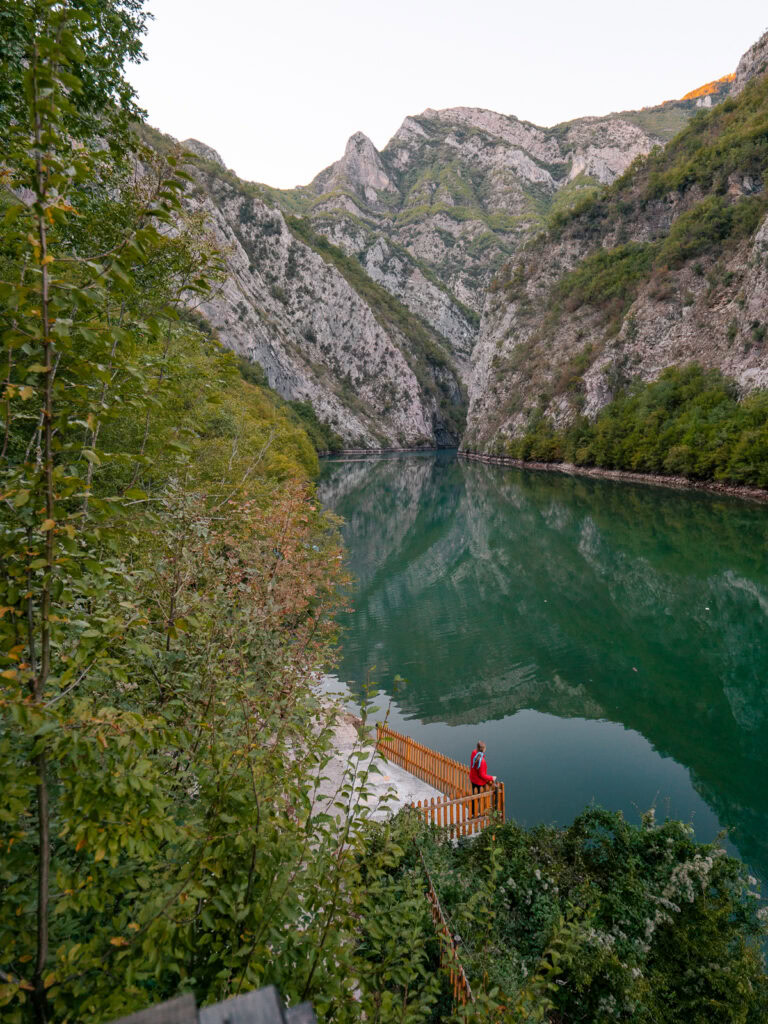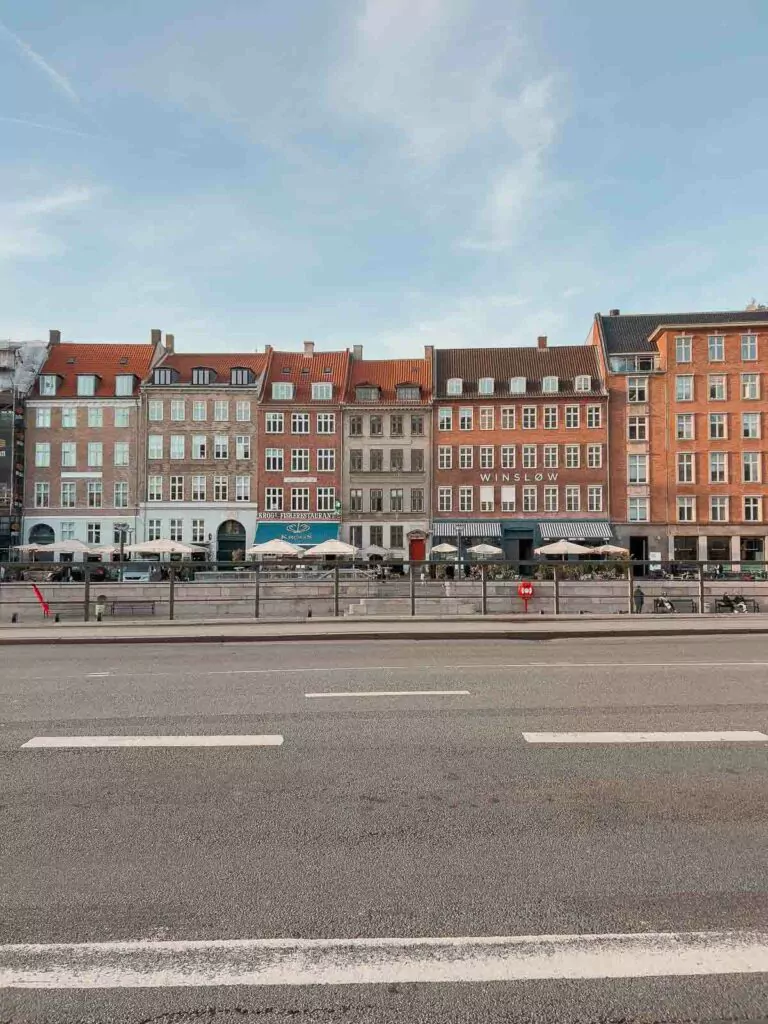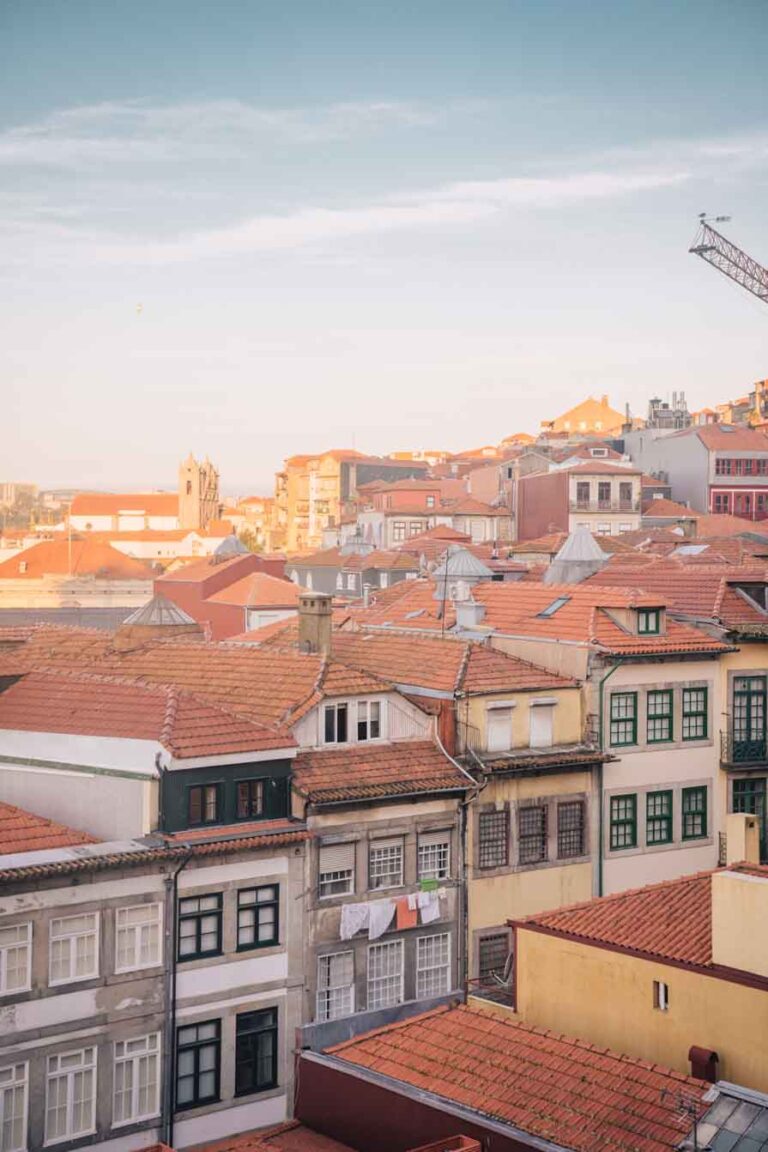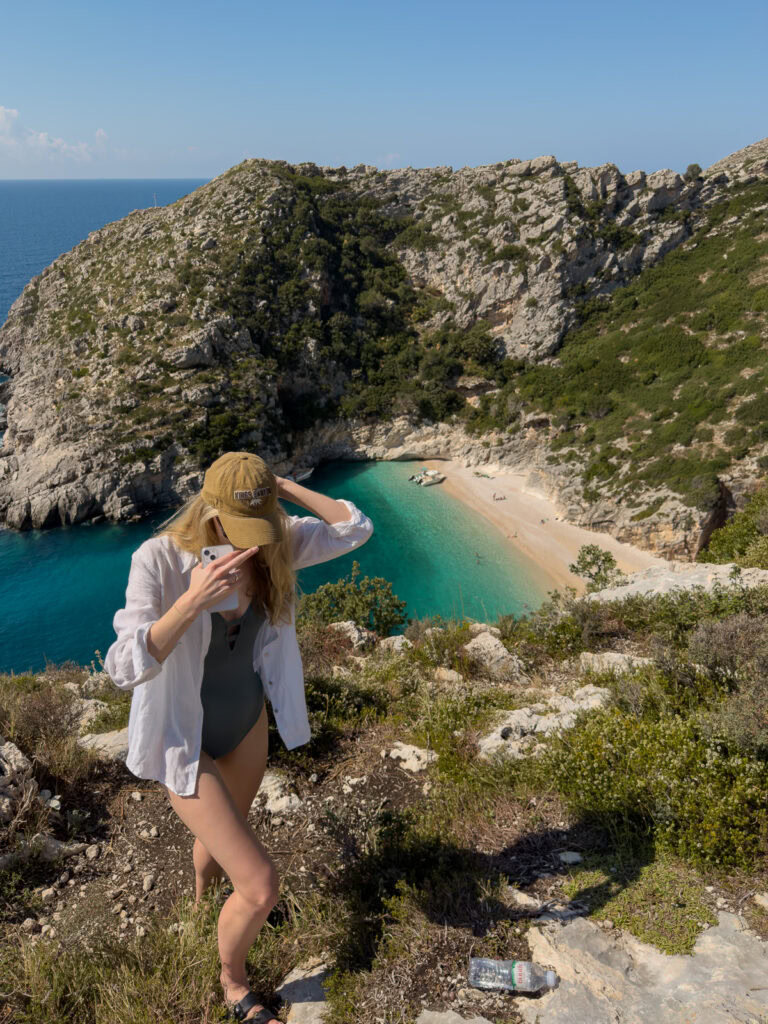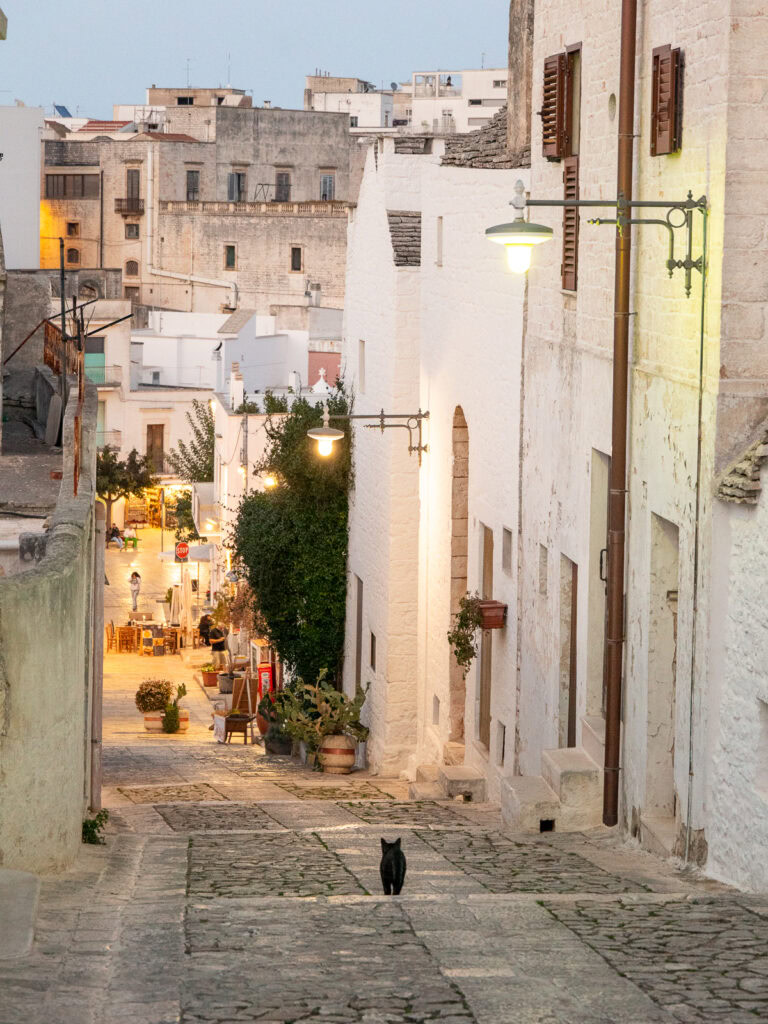Europe travel guides
Picking a favourite continent as a full-time traveller feels a bit like choosing a favourite child (I assume so anyway, I don’t have kids 🙃) but Europe was where I truly fell in love with solo travel, and I fall even harder every time I visit.
The diversity of experiences within a relatively small area is mind-blowing, yet the ease of exploring is unmatched. Looking for a short and sweet city break? Loads of options. Want to zigzag across the whole continent without setting foot in an airport? Totally doable. Prefer in-depth adventures in one country? There are plenty to choose from.
After many years of annual Europe jaunts, or fortnightly when I lived in London, I’ve published a huge collection of European itineraries and destination guides to help you plan smarter, reduce travel stress and stretch your money further.
The ultimate 3 month Europe itinerary (without flying)
Top Europe itineraries
If the idea of planning a Europe trip from scratch feels overwhelming, these ready-made itineraries are the solution.
Built from my countless trips across 37 European countries, these national, regional and continent-wide itineraries cover everything you need to just book your entire trip today if you wanted to. They’ve got route maps, recommended transport connections, accommodation suggestions for different budgets, must-dos/eats/sees and day-by-day breakdowns, so you can avoid months of pre-trip research with a hundred open tabs, and skip straight to the fun part.
And if you actually enjoy the planning process (same!), you can use these itineraries as a starting point to show you what’s doable with your timeframe, then tweak them to suit your travel preferences. Too easy.
Solo travel in Europe
Heading to Europe for a solo adventure? Here are my solo travel guides for destinations across the continent.
Can’t find a solo guide for where you’re going? 95% of my Europe trips have been solo so your upcoming destination might well be sitting in my to-write list, let me know what you’re looking for right here and I’ll prioritise it.
Europe city breaks
Only got a few days to spare? These European city break guides are designed for travellers who want to make the most of a short trip.
Whether you’re squeezing in a quick getaway for a long weekend or adding a city stop to a longer European adventure, these short and sweet itineraries focus on the top highlights, the hidden gems worth seeking out, and the logistics that’ll ensure your trip runs smoothly.
Bucket list experiences in Europe
Some experiences are worth planning an entire trip around, and Europe has plenty! These are the activities, stays, train trips and tours that you’ll be raving about for years to come.
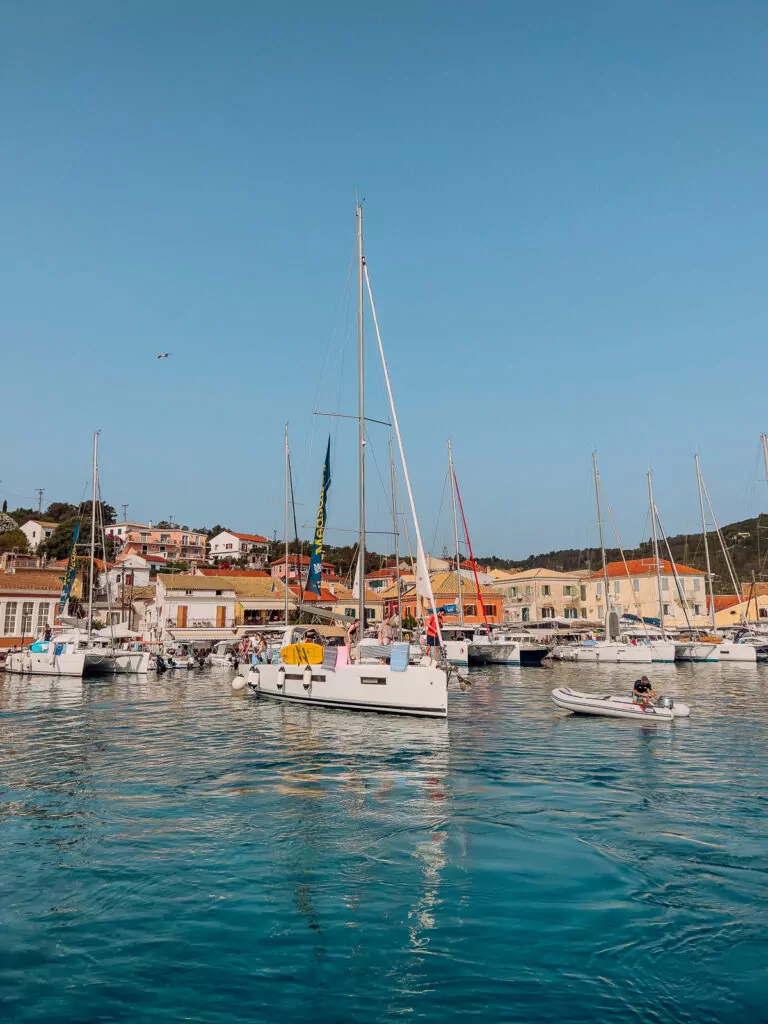
Sailing Greece or Croatia with Medsailors
Island hop through the Mediterranean on a skippered yacht with fellow travellers, with plenty of opportunities for relaxing or revelling (or both!).

Adler Dolomiti: Best value spa resort in the Dolomites
This Dolomites wellness retreat offers panoramic saunas, mountain-view hot pools and lush rooms with gourmet meals for a very fair price.

Cruising the Burgundy canals on a boutique barge
Float through France’s wine country on a luxury barge with gourmet meals, e-bikes and daily activities like vineyard visits and market trips.

Norway’s most beautiful train journey: The Flåm Railway
This scenic detour between Oslo and Bergen is well worth considering, with one of the world’s steepest train rides taking you deep into fjord country via a historic track.

Sailing the Norwegian Coastal Express with Havila Voyages
Cruise Norway’s dramatic coastline on one of the world’s most eco-friendly cruise ships, with spectacular scenery and loads of epic excursions on offer along the way.

The Bernina Express panoramic train in Switzerland
This UNESCO World Heritage railway winds through the Alps with panoramic windows for maximum sightseeing, giving you a front row seat to four hours of glacial landscapes.

Sleeping in an observatory dome in Switzerland
One of the coolest places I’ve ever stayed (and that’s truly saying something), Randolin’s Berghotel in St Moritz, Switzerland has a 1924 dome that still rotates and has been renovated into a cosy hotel room.

The most beautiful train rides in Europe
From Switzerland’s panoramic alpine trains to coastal lines in Italy to sleeper trains that take you all the way to the Arctic Circle, these epic train trips are genuine examples of ‘it’s about the journey, not the destination’.
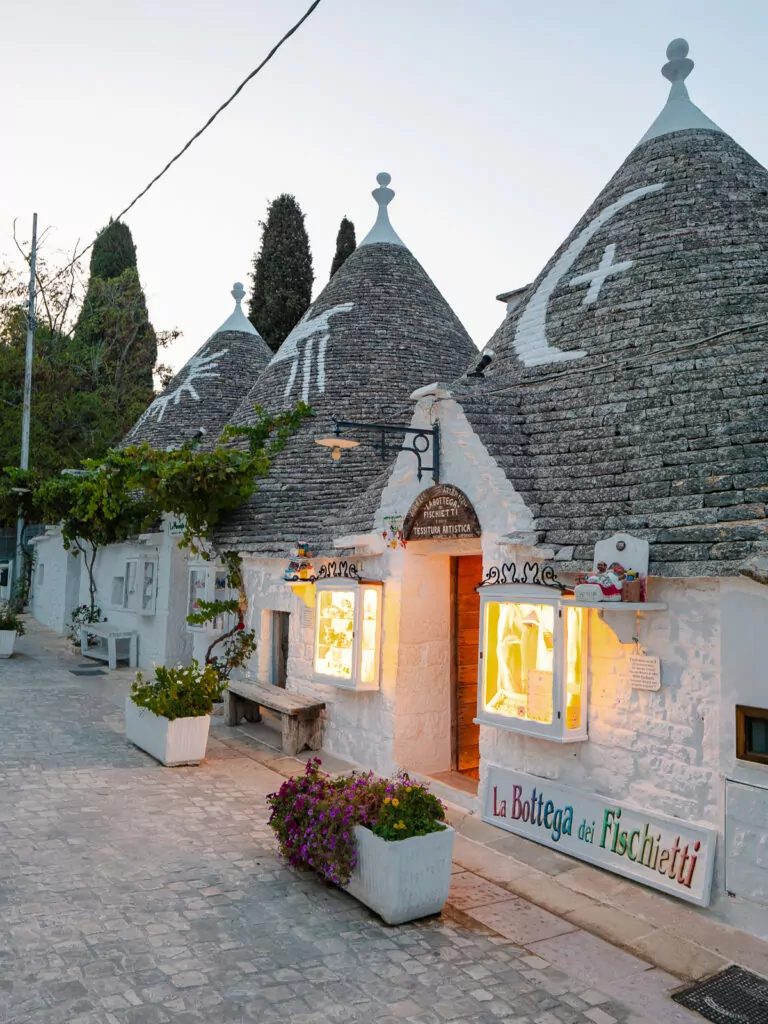
The ultimate Italy bucket list: 50+ things!
Looking for some Italy inspiration? This ultimate Italy bucket list includes more than 50 highlights and hidden gems from the northern mountains right down to the southern beaches and everywhere in between.
Things to know before you go to Europe
Here’s a top-level overview of what you need to know to set yourself up for a stress-free trip.
Where to visit in Europe
So many options!
Art enthusiasts will love cities like Florence, Paris and Vienna, history nerds need to visit Athens, Rome and Budapest, hikers should consider Switzerland, the Dolomites and Norway, and foodies can’t miss Bologna in Italy, Sofia in Bulgaria or Copenhagen.
Sun-seekers should head to anywhere along the Mediterranean Coast, Puglia in Italy, the French Riviera and Alonissos in Greece are my faves, but shoulder season is king if you want to avoid crowds and crazy prices.
If you’re visiting Europe in winter then the European Christmas markets are a must-see, and crossing the Arctic Circle in Scandinavia or Iceland is your best bet for spotting the aurora dancing in the sky.
Best time to visit Europe
The shoulder seasons of spring (March-May) and autumn (September-November) are the sweet spot for mild weather, fewer tourists and better value for money.
Summer (June-August) brings long days and warm weather but also massive crowds and inflated prices, so you win some, you lose some. If you can’t avoid these months (sorry teachers!) then I’d highly recommend skipping the obvious hotspots and locking in your plans well in advance to avoid price hikes.
Winter in Europe (December-February) can be magical if you’re in the right place, with colourful Christmas markets, world-class ski slopes and the chance to see iconic attractions at their quietest if you don’t mind the cold and wet weather.
Getting around Europe
Europe’s transport infrastructure is brilliant, with high speed trains connecting many major cities, budget airlines for longer distances, ferries along the Mediterranean coast and islands, and cheap buses everywhere else.
Trains are the most scenic and comfortable option, and a Eurail Pass can save decent money if you’re taking multiple international trips.
Flying works well to get from A to B quickly, but if you’re moving cities every 2-3 days then you’ll spend more time in airports than actually enjoying the destination.
Buses are the cheapest option if you don’t mind long journeys, and renting a car offers the ultimate flexibility to explore at your own pace, but consider the added costs and inconvenience of parking, tolls and driving restrictions in major city centres.
Budgeting for Europe
Europe has options for all budgets, but keep in mind that the post-pandemic tourism boom and global inflation have pushed up prices pretty much everywhere in recent years so a lot of ‘cheap places to visit in Europe’ lists are well out of date.
Your money will go further in most of the Balkans (Bosnia & Herzegovina, Serbia, North Macedonia, Bulgaria, Romania, Albania outside of the Riviera), the Baltics (Lithuania, Latvia and Estonia) and smaller cities in Hungary, Poland or Czechia.
Switzerland, Scandinavia, Iceland and the UK are pricey across the board, but most major cities in Western Europe (London, Paris, Rome, Amsterdam, Stockholm etc.) aren’t far behind in terms of accommodation costs.
My absolute number one tip for getting the most out of your travel budget in Europe is to travel in the shoulder months and (okay, two tips) to book in advance to lock in good value accommodation.
Safety in Europe
Most of Europe is very safe for travellers, though your experience will vary more by city size and tourist density than by country.
Petty crime like pickpocketing and phone snatching is the main concern in busy tourist areas and around train stations, so keep valuables secure and avoid using your phone near busy roads. Violent crime against tourists is very rare throughout the continent.
Obviously avoid Ukraine, Belarus and Russia due to the war, neighbouring countries like Norway, Finland and Romania are generally safe to visit but avoid border areas and keep on top of local news and the global situation in case anything changes.
The best eSIM for Europe
eSIMs are super convenient for multi-country Europe trips, letting you keep access to your home number for important calls and texts without having to pay extortionate roaming fees or constantly swap out physical SIMs.
I’ve done hours and hours of extensive Europe eSIM research, these are the best options available:
- MobiMatter 60GB, 60 days for €47.50 (€0.79/GB, excellent coverage)
- MobiMatter 30GB, 30 days for €26 (€0.87/GB)
- Orange 100GB, 31 days for €41.99 (€0.42/GB, doesn’t cover the non-EU Balkans)
- SimLocal 90 days’ unlimited data (10GB fair use per day) for €129.75 (€1.44/day, only covers the EU + UK)
Check specific coverage before buying an eSIM because it can vary hugely, and you don’t want to cross a border and suddenly realise you have no service.
💸 Use code FINDINGALEXX to get extra cashback on your first MobiMatter eSIM or code ALEXX5 for save $$ on your SimLocal eSIM
All prices valid as of 1 August 2025.



